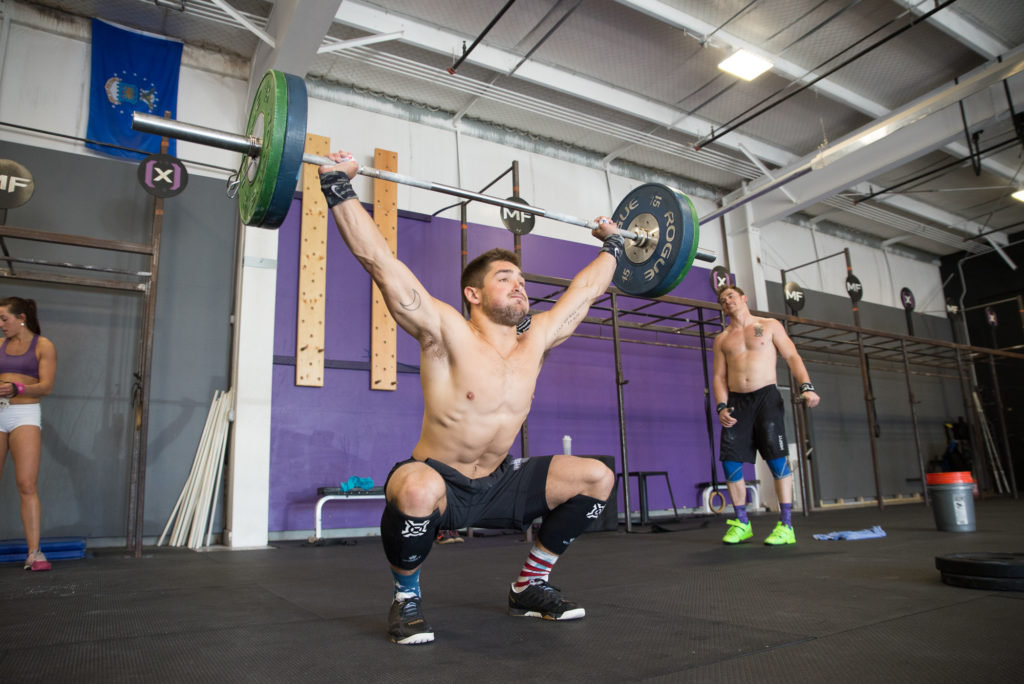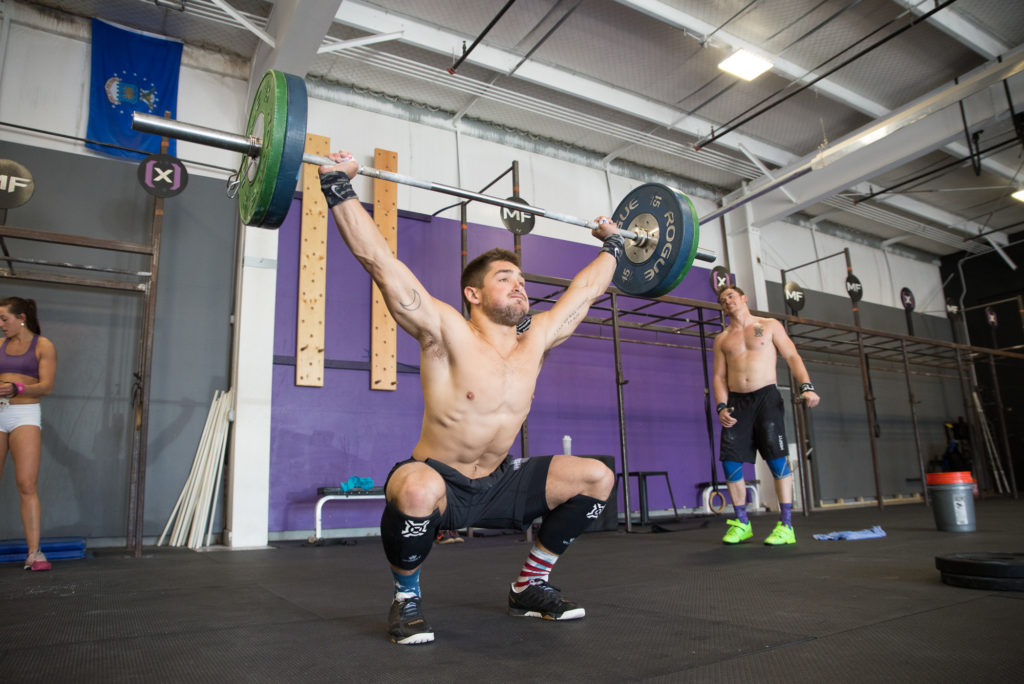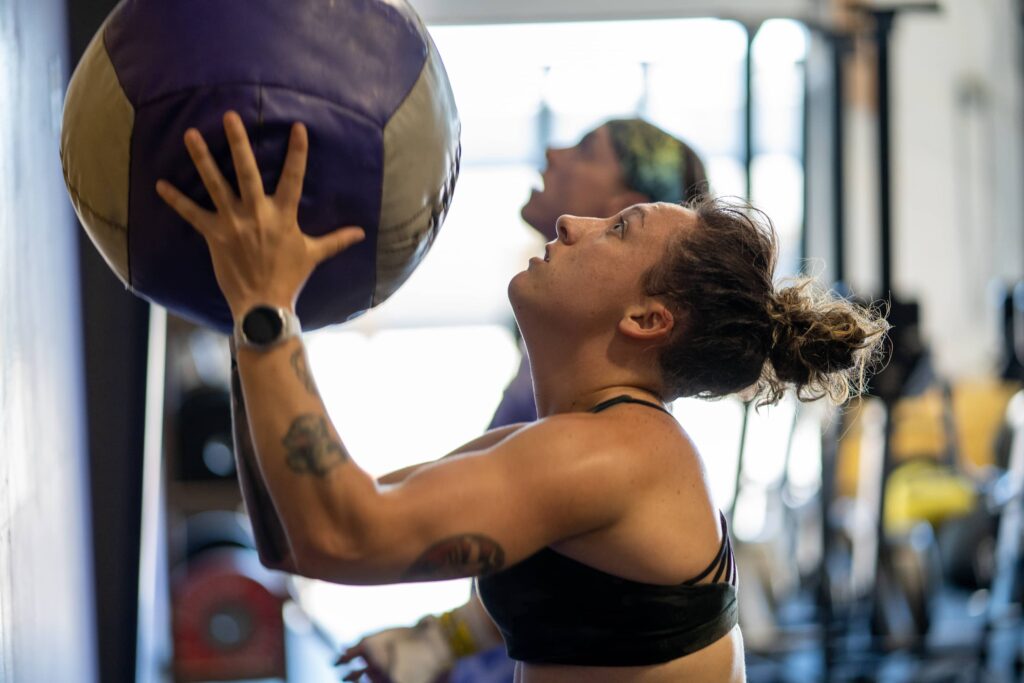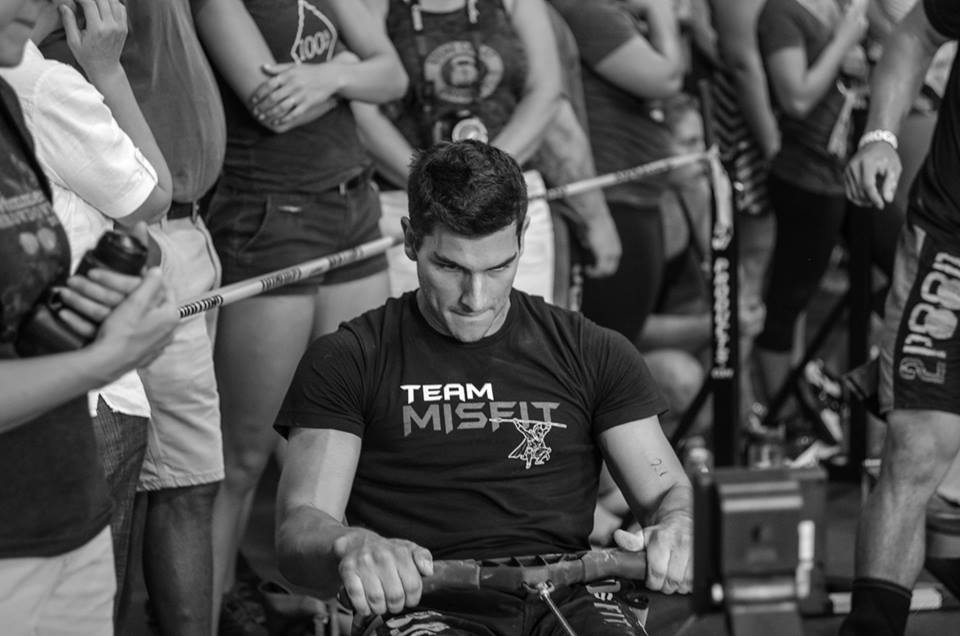Four Ways to Improve Your Snatch

“Four Ways to Improve Your Snatch” by Drew Crandall
When Seth wrote “Four Ways to Improve Your Clean and Jerk” we decided in a staff meeting that there should be an accompanying article later in the week for the Snatch, and that I was to write it. Without specific context, a general request to write an article about the snatch might yield something a bit more convoluted and technical given that I am a huge weightlifting nerd. What reading Seth’s article before writing my own did for me was give me a true concrete direction to take this so that the reader can actually apply the knowledge to their own lifts rather than educate themselves on the finer points of snatching. As he said earlier this week, we see hundreds of people at our training camps perform these movements over and over, and the same common faults are there camp after camp. Long story short, thank him for this article being specifically helpful to you during Cycle 2, instead of being long and boring.
Issue 1. Improper weight distribution in power position.
You finally get yourself to be patient enough to reach power position, and you’re still sending the bar forward. The photos below will show how subtle the difference really is between having your weight back (where it should be) vs. having your weight forward. Regardless of where you’re at in your snatch before extension, your entire foot needs to be on the ground. That being said it is very important to know where the bulk of your weight needs to be distributed at each point. The weight should feel like it’s concentrated mostly in the middle of your foot as you hit the low hang and continue to transition back into your heel once you reach power position. The hip extension needs to be generated from the heel to be vertical.
https://vimeo.com/108504455
Issue 2. Pulling the bar back in your catch.
Our hope at this point is that you have addressed Issue #1 and are ready to learn how to move more vertically. The problem with that idea is many people have the wrong motor recruitment patterns so ingrained in their physical memory that they bring old habits into their improved lift. Extension through the heels will help immensely with straightening your bar path out but you need to realize that it’s all about transitioning under the bar now rather than pulling it back to a proper catch position like you did when you were shooting it forward.
https://vimeo.com/108504456
Issue 3. Creating far too much noise in your snatch.
There is a common theme with the correction of the first three issues: extend vertically and catch vertically. I witnessed two athletes in back to back camps move under the bar faster than anyone I had ever seen in person, and continually miss the lifts over 90%. Once we slowed the videos down and saw what was happening it immediately made perfect sense. Both athletes were laying back horizontally in their extension, so much that you could pause it and make it look like they were doing the limbo under the barbell. Fortunately for them they were both athletic enough to whip their torso back through and under the bar. You could pause both videos with them in a perfect catch position looking like they were ready to stand up with a PR, but the momentum from flying back through the bar was just too much and it pulled the bar back out in front for a tragically missed lift. As you can see we have a different problem with the same solution: stay vertical. It’s no coincidence that we all watch the best lifters in the world make their PR lifts look so easy. The less “noise”, the better chance you have at a smooth and stable catch and finish.
https://vimeo.com/108504458
Issue 4. Pulling the bar from the floor with your back.
To finish up the article we’re going to tackle a massive issue with many of the “first pulls” we see. From the floor to the low hang we always want to see a strong smooth transition that takes the weight from the quads back to the hamstrings. What we see instead, is the force being sent directly to the sacrum/low back which not only results in the dreaded “stripper pull” but also compromises your mid-line for the duration of the lift. Common culprits of this happening is losing retraction of the traps and scaps, letting your knees track towards each other in the first pull, and being too loose in your starting position. Hold that upper back tight or the rest of your back will pay for it as the lift progresses. Make sure your knees are flared out to begin the lift and stay wide enough through the low hang to keep your hips on and ready for the squat. Lastly, just tighten up in the bottom. We’re dealing with some heavy weights here and you have to be ready to pick them up before you can snatch them.
https://vimeo.com/108504457



